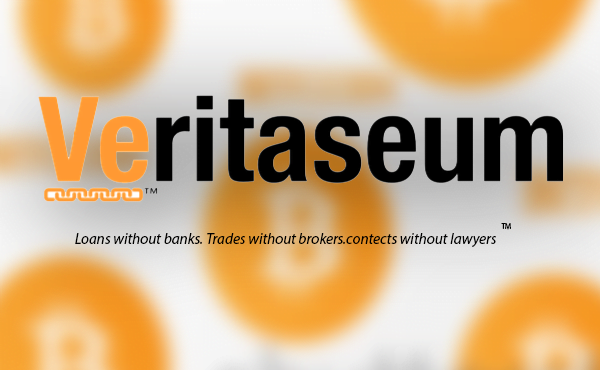If there is one blockchain project in the world of cryptocurrency which has faced the most scam allegations, it has to be Veritaseum. A lot of people are not too happy with this project, mainly because there was very little information available about Veritaseum’s business model several months ago. That doesn’t mean the project doesn’t have potential, even though the jury is still out on whether or not it is a legitimate offering.
What is Veritaseum About?
On paper, the Veritaseum project focuses on many things, but it basically comes down to enabling software-driven peer-to-peer capital markets. Most importantly, this service will be provided without middlemen, brokers, or even banks. This “disruptive application of blockchain technology” offers its very own smart contracts and distributed computing solutions to industries suffering from friction, inefficiencies, and high fees.
But How Does it all Work?
It is evident Veritaseum wants to become the gateway to peer-to-peer capital markets. By allowing individuals to transact directly with one another, the project cuts out all intermediaries along the way. Even though this functionality sounds very similar to most brokerage services, Veritaseum doesn’t portray itself as a broker, fund, bank or exchange. Instead, it is a distributed and serverless piece of software.
Bringing templated agreements to the masses is a rather intriguing business model. This will be facilitated by the native smart contracts which reside on the Veritaseum blockchain. Additionally, self-custodied capital will be escrowed in a distributed manner and open up a lot of new opportunities in the process. One could say Veritaseum is a vendor of new smart contracts which could transform the way the world transfers value. To that end, the team has introduced something called the VeADIR financial machine.
Currently in beta, VeADIR stands for Veritaseum Autonomous Distributed Interactive Research and provides exposure to vetted research subjects. It is completely independent of Veritaseum itself. All communication is performed in machine language, and the solution will pay operating fees to Veritaseum for real-world research. Research results will then be fed back into VeADIR, and the cycle continues.
What Comes Next for Veritaseum?
With such an ambitious project, most of the underlying infrastructure will first have to be developed and optimized. Unfortunately, there does not appear to be a specific roadmap for this project, which is a bit worrisome. We do know the team is working on VeRent – an economic rent facility – and VeExposure solutions, but there are no official deadlines for any of these projects as of right now. Some initial investors will be keeping a close eye on how things unfold, but for now, it is anybody’s guess as to what happens next.

